Readers of The Spokesman-Review have a nose for news as well as an eye for capturing good photos.
Since the
Readers Outdoor Photo Gallery online feature debuted in 2014, more than 1,000 images have been uploaded at
spokesman.com/outdoors.
Many of them go far beyond the realm of snapshots. People are telling us where they’re going outdoors, what they’re doing and what piques their interest.
The photos wake us up to the changing of seasons, the emergence of new wildlife and nature spectacles the masses somehow miss.
Outdoors editors pick a reader photo to spotlight each week in the Thursday Outdoors section.
Today we’re publishing a group of photos that fall into the realm of teaching moments.
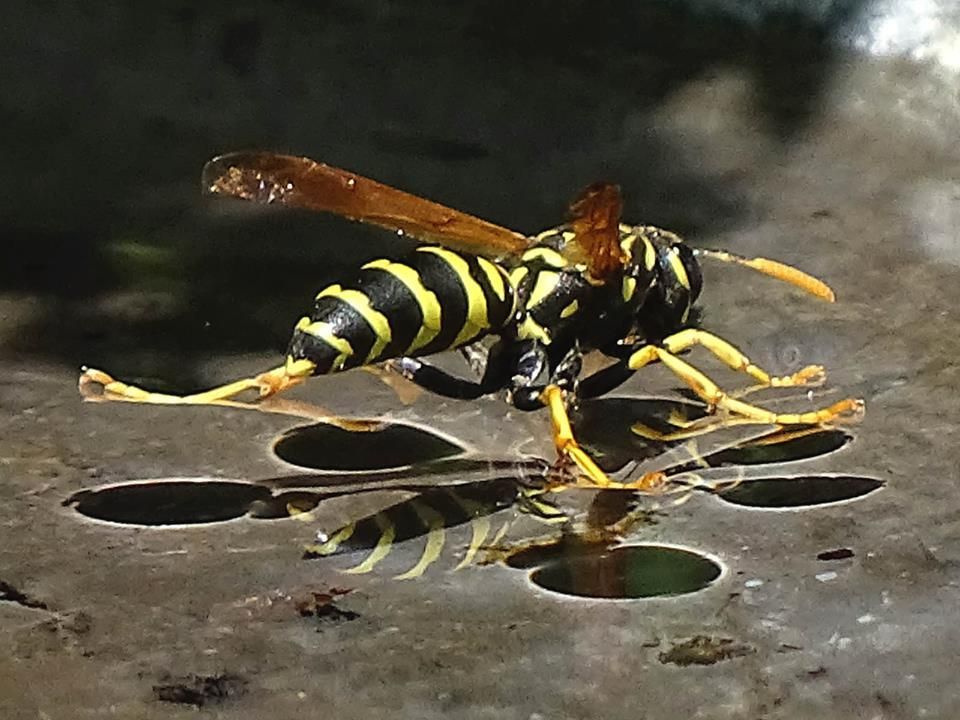
The paper wasp image by Terry Gray (right) would be just another bug photo, except for the “snowshoe” effect vividly illustrated as its feet ride on water pockets allowing it to walk on water.
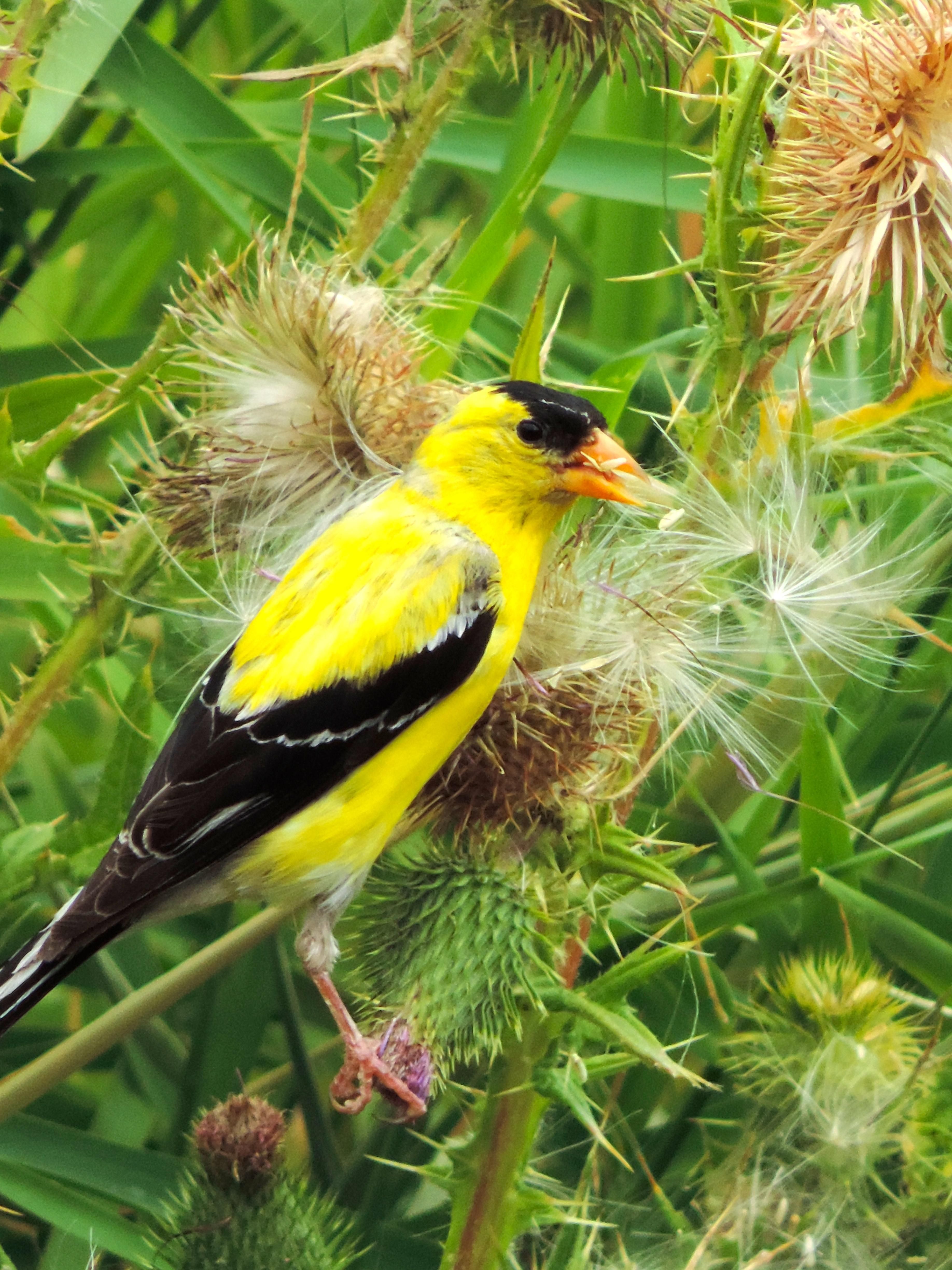 The American goldfinch by Gayla Aspenleiter (left) illustrates the food value in those thistles we tend to routinely spray with herbicides.
The fire lookout of Tolmie Peak at Mount Rainier National Park by Craig Goodwin reaffirms the family value in a day or especially a quiet, star-lit night in the outdoors.
“To the west we could see the lights of Tacoma and outline of Lake Tapps. To the south we saw Mount St. Helens and the glow of Olympia. To the east we saw Mount Rainier and smoke from the fires in Vantage,” Goodwin says. “It was a windy but magical night under the stars.
“This photo shows my dad, also named Craig Goodwin, taking pictures of the mountain. Look closely and you can see stars reflected in the windows of the lookout building.”
The American goldfinch by Gayla Aspenleiter (left) illustrates the food value in those thistles we tend to routinely spray with herbicides.
The fire lookout of Tolmie Peak at Mount Rainier National Park by Craig Goodwin reaffirms the family value in a day or especially a quiet, star-lit night in the outdoors.
“To the west we could see the lights of Tacoma and outline of Lake Tapps. To the south we saw Mount St. Helens and the glow of Olympia. To the east we saw Mount Rainier and smoke from the fires in Vantage,” Goodwin says. “It was a windy but magical night under the stars.
“This photo shows my dad, also named Craig Goodwin, taking pictures of the mountain. Look closely and you can see stars reflected in the windows of the lookout building.”
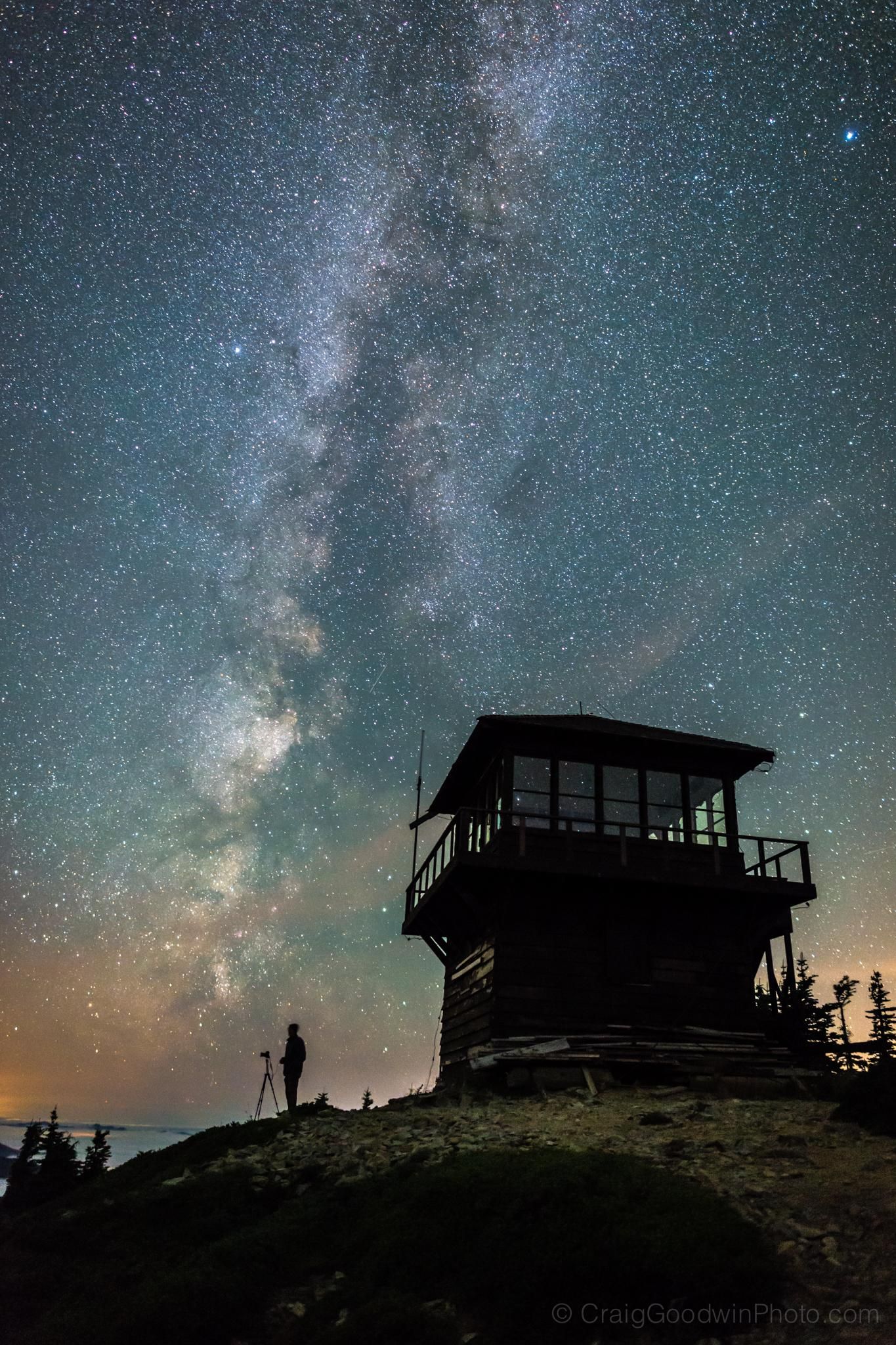
Goodwin returned to the Readers Outdoor Photo Gallery this week with a newsy image featuring the colorful life-cycle stage going on underwater in certain lakes and streams this week.
The photo he calls “Kokanee Romance” (below) illustrates the spawning of land-locked sockeye salmon that has begun in Trestle Creek off Lake Pend Oreille. Kokanee spawning will continue in other creeks into December at a range of waters such as Harvey Creek out of Sullivan Lake and Wolf Lodge Bay at Lake Coeur d’Alene.
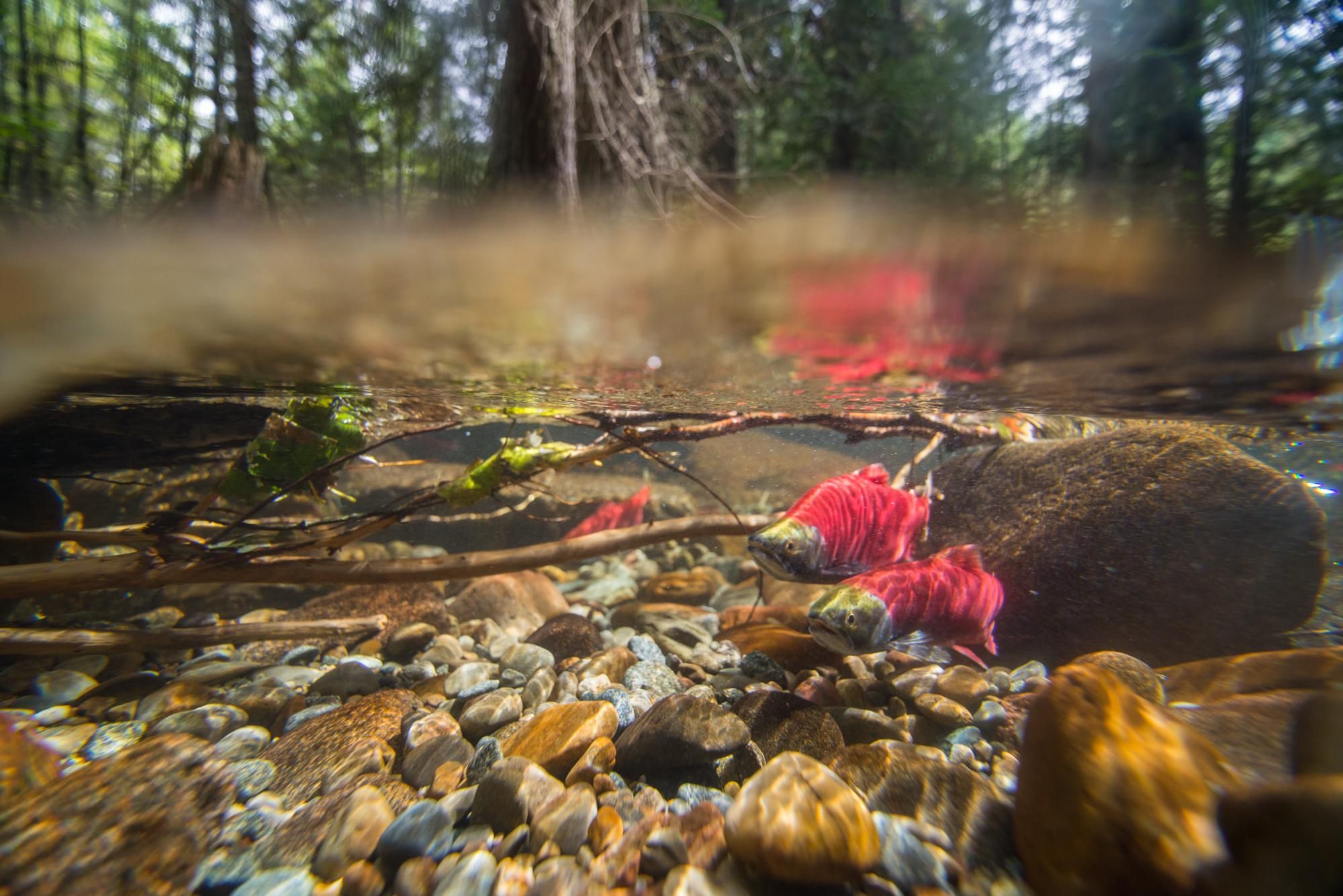
Bald eagles will follow to feast on what will become a buffet of spawned out fish.
Browsing through the gallery this week, a writer can sniff out more than a few stories that need to be told.
Carlene Hardt, for example, offered a photo of a pair of trumpeter swans swimming with the four cygnets they’ve raised this summer at Turnbull National Wildlife Refuge.
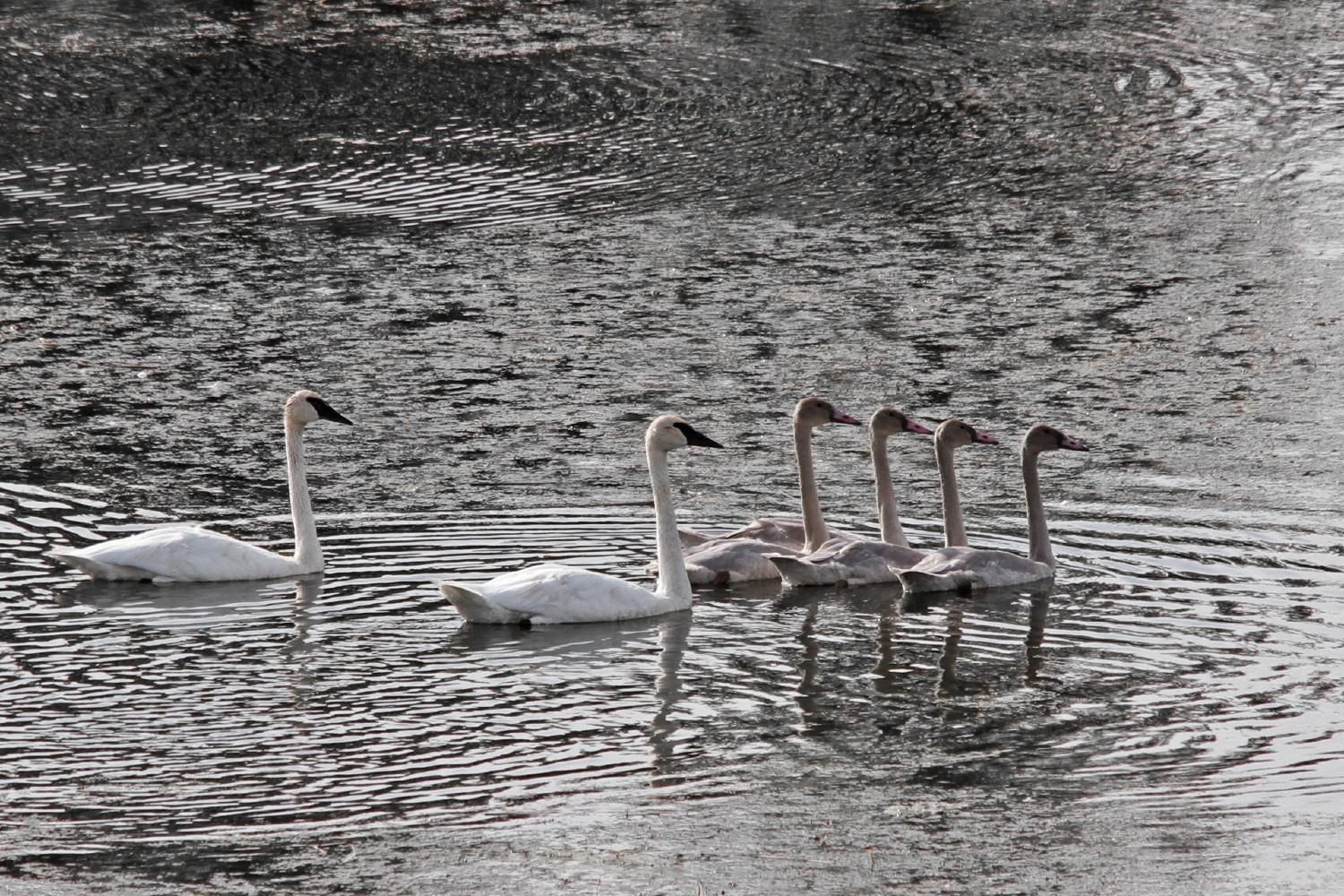
Turnbull trumpeters gained a fan base in 2009 when a geriatric male landed a mate and sired the first cygnets since his previous mate was killed by a predator in 1987. The swan returned to the refuge each year to gain the name Solo before finding a new mate. Solo sired offspring two consecutive years before disappearing in 2012. Some of the returning trumpeters are his progeny.
A five-year string of trumpeter swan hatches at the refuge was broken last year as two pairs that summered at Turnbull failed to produce broods.
This spring, at least three pairs were scoping out the refuge waters for possible nesting, said Mike Rule, Turnbull’s wildlife biologist.
“The pair that finally stayed and nested looked at several ponds, but chose Cheever, which was fortunate,” he said. “Maybe the swans had foresight into what would come.”
Drought conditions have left many of the refuge wetlands short on water. If the swans had nested on some other ponds, they might not have had enough of a water “runway” for the young birds to run across the surface and tale off on their first flights.
“They could have been in a jam,” Rule said.
Two swans found dead on the refuge two years ago died from a fungal infection called aspergillus, he said. The problem could have been linked to mudflats and rotting vegetation caused by a drawdown for dike repairs at Cheever Lake.
But that drawdown and vegetation setback may have been the key to survival for this year’s trumpeter family.
“Despite the drought, the water quality in Cheever is quite good, he said.
The swans nested about a month earlier than normal this year – perhaps another result of weather foresight. The brood hatched in mid-June.
Around Sept. 20, the cygnets are expected to swim to one end of the pond for maximum runway, then in a grand trumpeting racket they will splash across the pond and test their wings at lifting their 15- to 20-pound bodies into the air.
Trumpeters are the largest North American waterfowl. Their takeoffs – especially their first ones – are breathtaking to watch.
And because of a heads-up reader photo, I may be out there to see the first white flight for this hardy family of swans.


The American goldfinch by Gayla Aspenleiter (left) illustrates the food value in those thistles we tend to routinely spray with herbicides.
The fire lookout of Tolmie Peak at Mount Rainier National Park by Craig Goodwin reaffirms the family value in a day or especially a quiet, star-lit night in the outdoors.
“To the west we could see the lights of Tacoma and outline of Lake Tapps. To the south we saw Mount St. Helens and the glow of Olympia. To the east we saw Mount Rainier and smoke from the fires in Vantage,” Goodwin says. “It was a windy but magical night under the stars.
“This photo shows my dad, also named Craig Goodwin, taking pictures of the mountain. Look closely and you can see stars reflected in the windows of the lookout building.”


